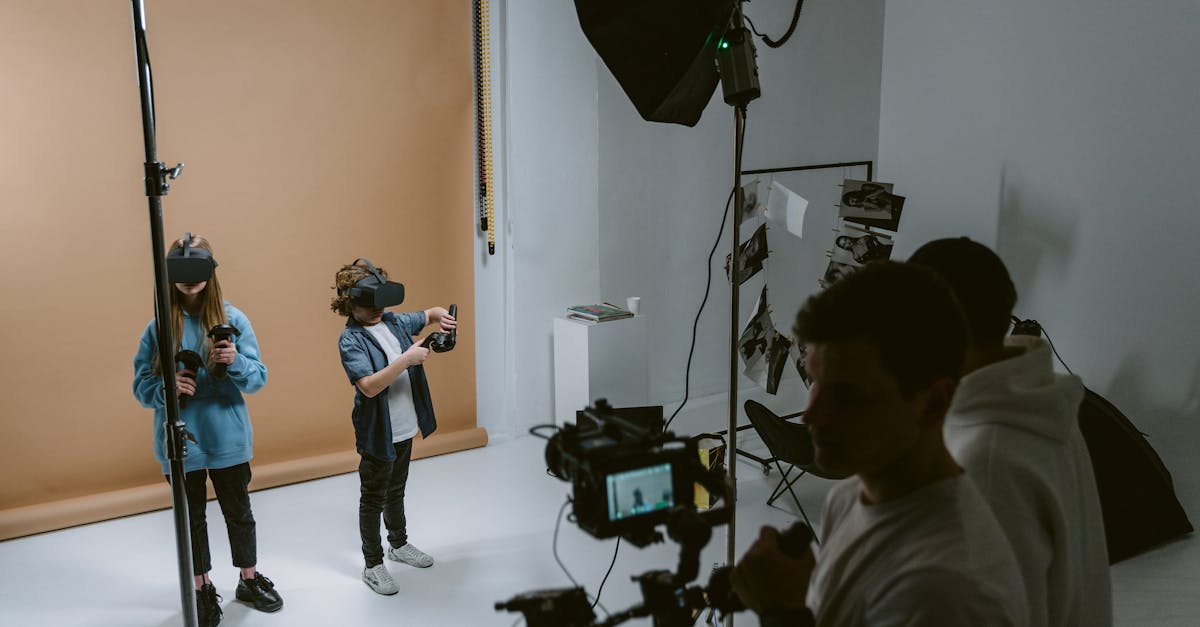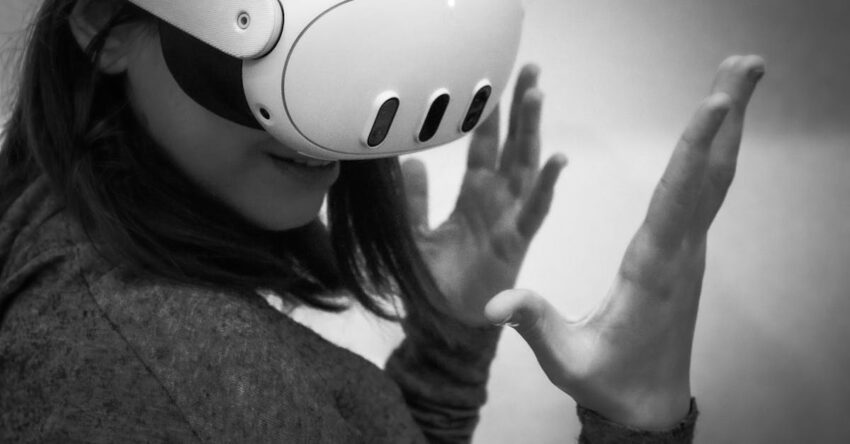Have you ever wondered why virtual reality rehabilitation isn’t delivering the results you expected? You might find the answer surprising. While VR therapy and digital rehabilitation tools promise immersive rehab techniques and transformative experiences, they sometimes fall short of expectations. The allure of virtual reality exercises in technology rehab might lead you to believe it’s foolproof. But let’s explore why this cutting-edge technology might be missing the mark and how you can make it work for you. After all, using virtual reality for physical therapy should enhance your recovery journey, not hinder it.
Understanding VR’s role in your rehabilitation is crucial. Many people assume that just by using these digital tools, progress will naturally follow. However, a controlled environment and an embodied perspective can significantly influence results. When you engage with technology in rehab, it’s important to focus on how it integrates with your specific needs, whether you’re dealing with surgery recovery musculoskeletal or seeking multiple sclerosis rehabilitation. Awareness and adaptation can turn VR into a powerful ally, revealing its true benefits.
If you’re curious about how to truly harness the power of VR for your recovery, you’re in the right place. Dive in to discover practical tips and strategies that will transform virtual reality into a valuable part of your healing process. Don’t let another day pass without unlocking the full potential of VR in your rehabilitation journey.

Photo provided by Alessia Lorenzi on Pexels
Within the article
Understanding Virtual Reality Rehabilitation Challenges
Overestimating Virtual Reality Benefits
When it comes to virtual reality rehabilitation, you might expect to see instant results. However, using technology in rehab doesn’t always lead to quick improvements. Some people may need more time and different approaches. Virtual reality is exciting, but patience is important for real progress.
Misapplication of VR Therapy
It’s important to focus on the right conditions for virtual reality therapy to work effectively. Some users might be applying VR therapy incorrectly. For instance, not all injuries or conditions respond well to virtual reality exercises. Therefore, it’s crucial to tailor the approach for each case. Make sure you’re using VR in a way that’s best for your specific needs.

Photo provided by Darlene Alderson on Pexels
Maximizing the Potential of VR Therapy
Utilizing Immersive Rehab Techniques
One way to boost virtual reality rehabilitation is by using immersive techniques. These techniques can make you feel like you’re part of the action. Real-world simulations help keep you engaged, making rehab both fun and effective. They mimic real-life situations, promoting recovery musculoskeletal injuries by encouraging natural movements.
Integrating Digital Rehabilitation Tools
You can get more out of rehabilitation by combining VR with other tools. Digital rehabilitation tools can enhance the overall experience and outcome. For instance, using sensors along with VR can provide valuable feedback. This integration helps in tracking progress and adjusting the rehab plan accordingly.
Customizing Virtual Reality Exercises
Tailoring exercises to fit your needs is key. Not all exercises work for everyone. Virtual reality allows for personalization, which can lead to better results. By focusing on individual goals, you can make the most out of VR rehabilitation. This customization helps address specific issues that might not be solved with standard exercises.

Photo provided by Tima Miroshnichenko on Pexels
Successful Implementations of VR in Recovery
VR for Physical Therapy Achievements
VR has shown great results in physical therapy, improving mobility and strength. Programs designed specifically for physical rehabilitation can lead to faster recovery. VR rehabilitation benefits include improved motor skills and confidence. This approach has proven to be effective in helping people regain physical abilities they might have lost.
VR in Mental Health Recovery
Virtual reality is also making strides in mental health recovery. It promotes relaxation and reduces stress. VR helps create a calm environment where you can practice coping strategies. This controlled environment aids in managing anxiety and other mental health issues. The immersive nature of VR offers a safe space for healing and growth.
Your Path to Better Rehab with Technology
You’ve discovered how technology can enhance your rehabilitation journey. By integrating innovative tools, you can benefit from personalized and immersive experiences. This approach not only boosts your recovery but also keeps you motivated and engaged in your progress. Embrace these advancements for a smoother and more effective rehabilitation process.
Consider exploring a variety of digital tools that match your needs. Start by selecting one or two applications or programs that focus on your specific rehabilitation goals. Set aside time each day to engage with these new tools, whether it’s through exercises, therapy sessions, or virtual environments designed to aid recovery. With focused use, you will notice improvements in your physical and mental well-being.
Take the first step today. Choose one digital tool that aligns with your rehabilitation goals and begin incorporating it into your routine. You’re on a promising path to enhanced recovery. Embrace the change, and watch your progress unfold.
